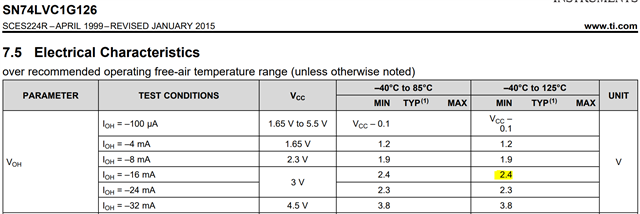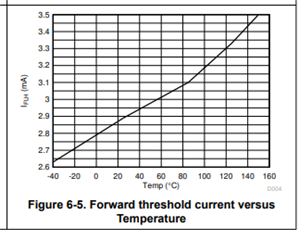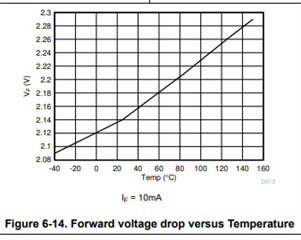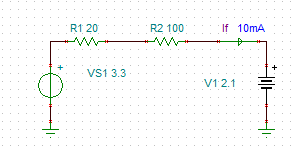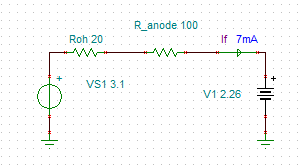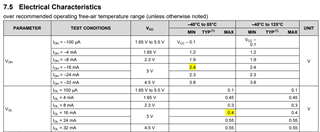Other Parts Discussed in Thread: UCC5350
Tool/software:
Hi,
What kind of buffer would you recommend for driving UCC23514 in interlock arrangement? We have only 3.3V and 24V supplies available. The problem with most logic is that VOH is around 2.4V at minimum while VF max of UCC23514 is 2.4V as well.
So are there some sturdy enough 3.3V buffers available or should we use a gate driver to drive the gate driver from 24V?
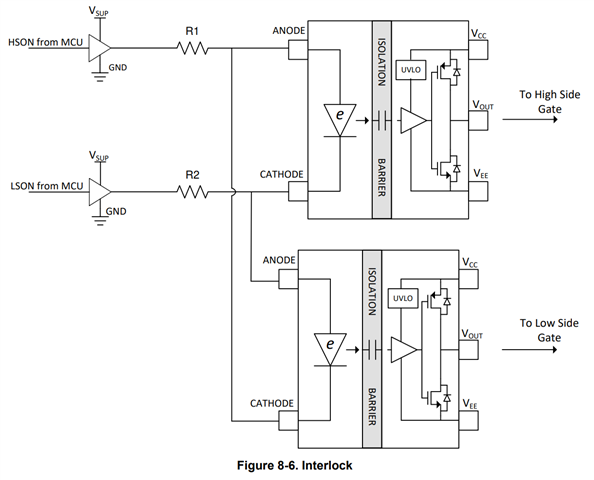
BR,
Olli



